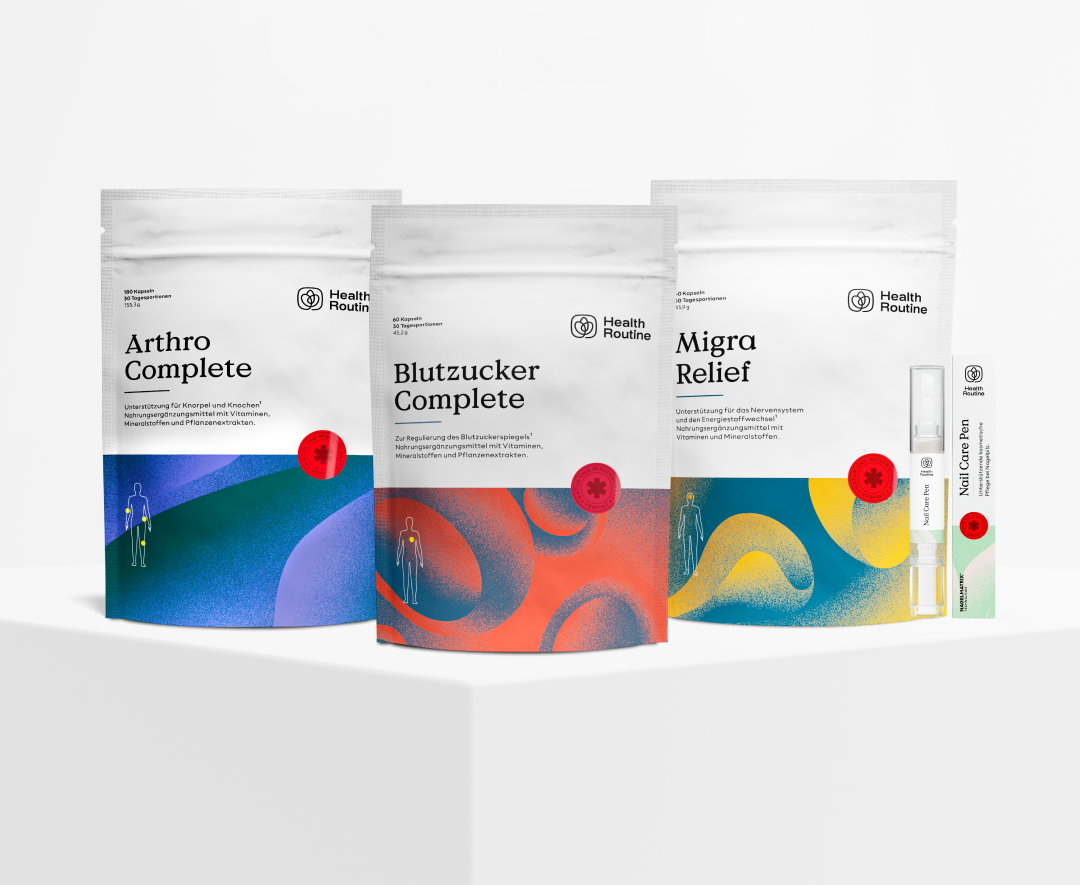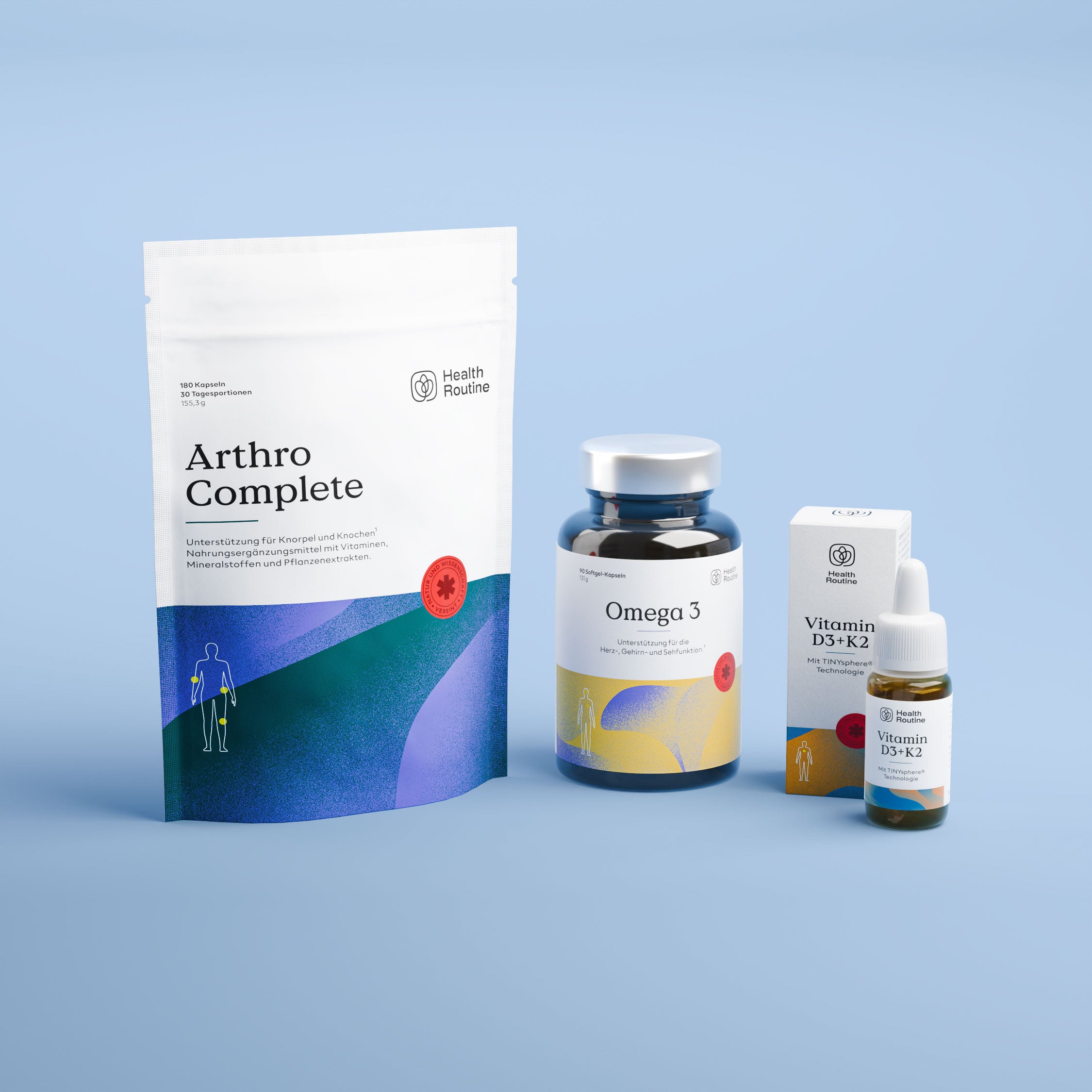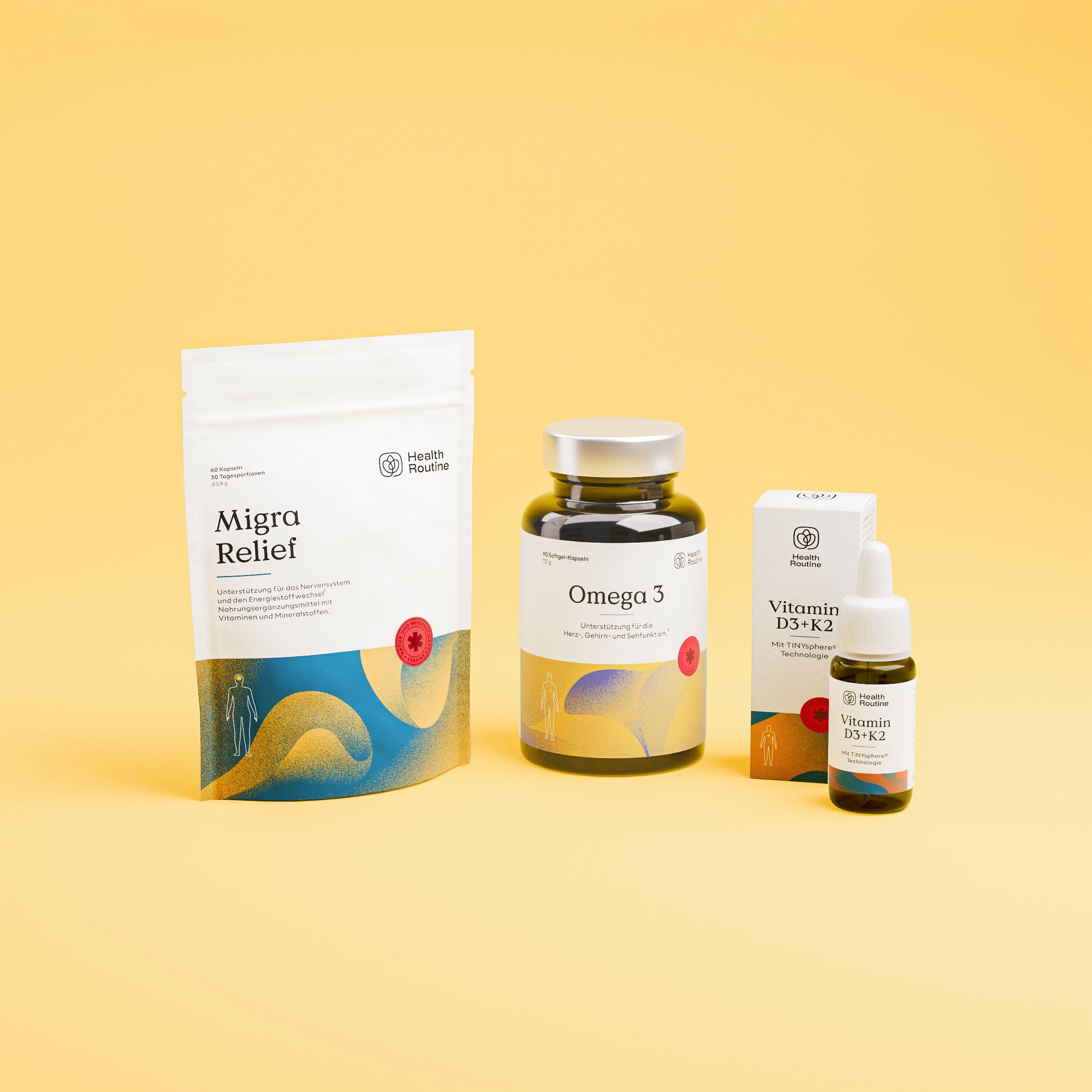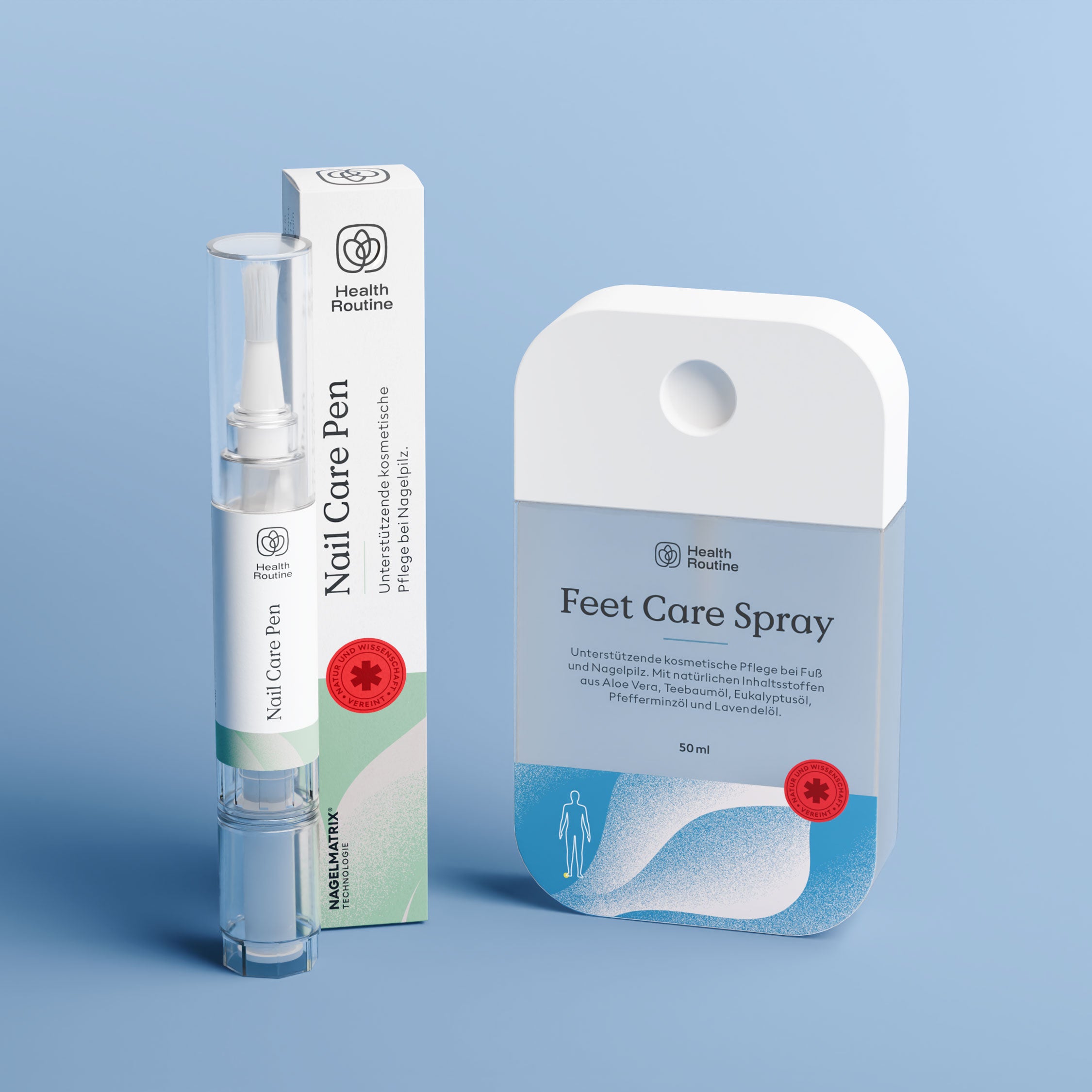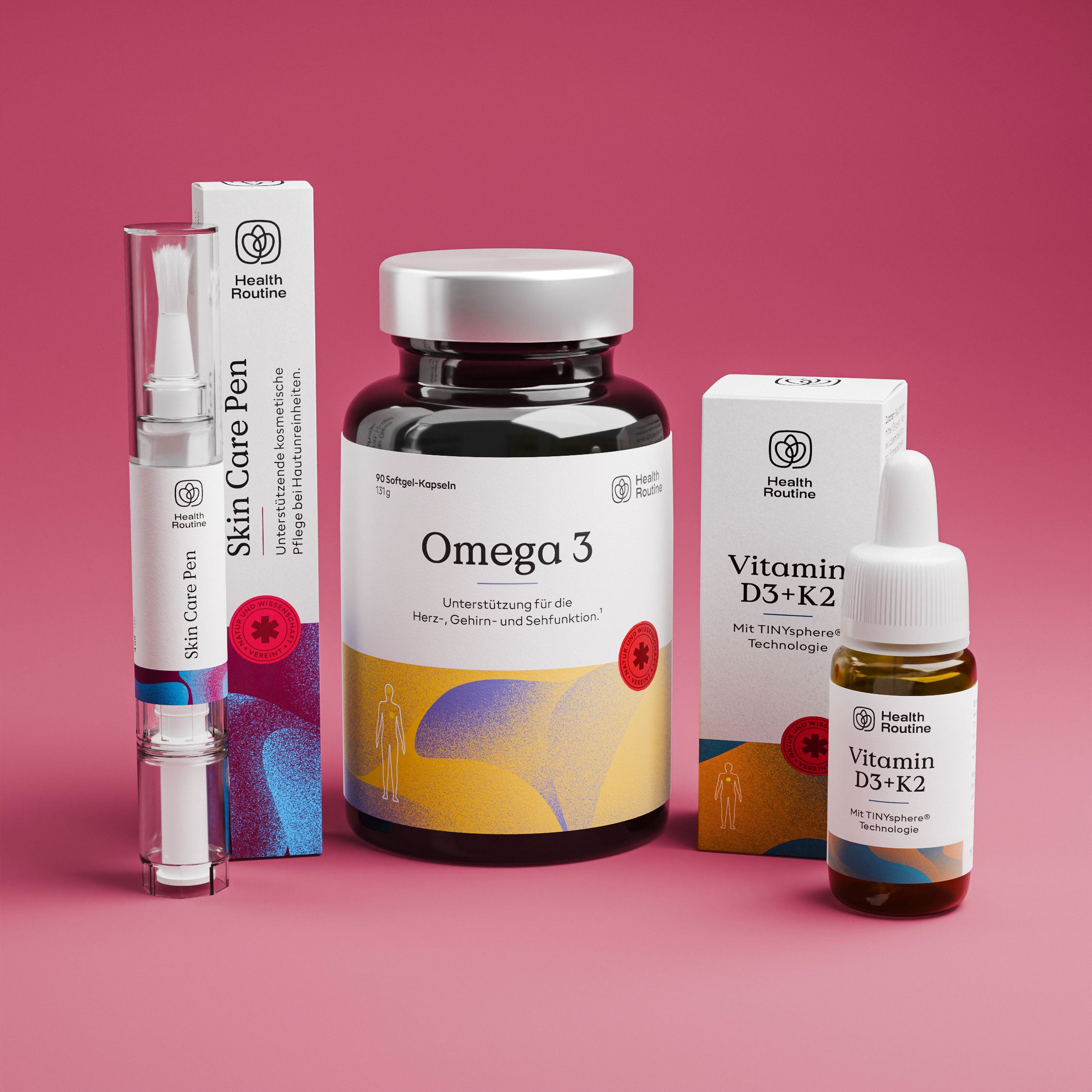The most important things at a glance
-
The nail wall protects the sensitive nail root and contributes to the stability of the nail plate.
-
Small injuries in the nail area can lead to painful inflammation.
-
Regular care – especially with gentle products – can significantly reduce the risk of infection.
What is the nail fold? All information at a glance
The nail fold is a crescent-shaped fold of skin that covers the edges of the nail plate. Medically, it is also known as the perionychium or paronychium .
It has an important function because the nail wall covers the nail plate and thus protects it from the penetration of pathogens and other foreign bodies.
In addition, the nail fold helps hold the nail plate in place. It also protects the nail matrix , the area from which the nail grows, thus contributing to healthy nails .
What role does the nail fold play: An insight into the anatomy
The human nail consists of several parts . To better understand its anatomy, here is an overview of the individual elements of the nail:
-
Nail bed: The nail bed is the part of the skin on which the nail rests. It is very sensitive and well-supplied with blood. If the nail is healthy, it adheres firmly to the nail bed.
-
Nail root: The nail root is the part of the nail that lies beneath the skin and is not visible. This is where nail growth begins . The newly formed cells push the older ones forward, causing the nail to grow.
-
Nail plate: This is the hard and visible part of the nail. The nail plate consists of several layers of keratin, a protein also found in skin and hair.
-
Nail fold: As already mentioned, the nail fold is the fold of skin that surrounds and protects the nail plate.
-
Cuticle (eponychium): The cuticle is a thin layer of skin that covers and protects the nail root.
- Free edge of the nail: This is the part of the nail that extends beyond the end of the finger or toe.
Each of these parts plays an important role in the health and appearance of the nails. Proper care of all components of the nail is therefore essential .
Nail wall inflammation: causes, symptoms and treatment options
Paronychia , medically known as paronychia , is a common condition affecting the nail fold and nail cleft. It can occur in both fingernails and toenails and is often very painful .
Inflammation can be triggered by various factors , including
- Bacteria,
- Mushrooms,
- viruses
- or an injury.
Information about the enemy athlete’s foot and differences to nail fungus can be found in this article.
Expert tip : If there is an inflammation on the toe, such as an inflamed toenail, an inflamed fingernail or an inflammation of the nail fold, it is also referred to as nail wrap or nail bed inflammation.
What are the symptoms of nail inflammation? Symptoms and warning signs
Inflammation of the nail fold can present with various symptoms , which can occur together or individually. The most common include:
- Swelling and redness in the affected area
- Sensitivity to pressure
- Pus in the finger or pus on the finger
- Thickening of the nail plate
- Discoloration of the nail
- Formation of transverse grooves in the big toe
- Pain along the edge of the nail
These can be causes for paronychia
There is no single cause for nail wall inflammation ; it can be triggered by various factors :
Minor injuries: Even the smallest injuries can provide entry points for pathogens and cause inflammation of the nail bed.
Ingrown nails: If the nail grows into the nail fold, this can cause inflammation.
Incorrect nail care: Improper nail care can damage the skin and nail and thus promote inflammation.
Contact with water or chemicals: Frequent contact with water or chemicals can irritate the skin and promote inflammation.
Diseases: Certain diseases, such as diabetes mellitus or neurodermatitis, can increase the risk of nail wall inflammation.
Antifungal care thanks to the support of the Nail Care Pen
The Nail Care Pen from Health Routine is an ideal product for daily nail care . Thanks to the high-quality care complex with
- lemon juice,
- tea tree oil,
- Vitamin E & Aloe Vera
The Nail Care Pen has an antifungal effect and noticeably supports the nail, even with cracked and brittle fingernails .
The unique Nail Matrix Technology™ in the Nail Care Pen ensures that the ingredients penetrate to the nail root and unfold their full effect there.
Aloe Vera also strengthens the nail microflora and maintains it in good condition, while vitamin C regulates the pH value and promotes collagen synthesis.
The Nail Care Pen also has an antioxidant effect and inhibits minor inflammations , which is also beneficial for supporting care in cases of nail wall inflammation.
Thanks to the 100% natural ingredients, the Nail Care Pen is the perfect daily companion for healthy, strong and beautiful nails.
Further treatment options for paronychia
There are various treatment options for nail wall inflammation that can be considered depending on the severity of the inflammation :
Warm finger baths: Warm finger baths with chamomile or salt can help relieve inflammation and accelerate the healing process. They have an anti-inflammatory and soothing effect on the affected area.
Drain pus (by a doctor): If pus has formed, it should be drained by a doctor. This should not be attempted on your own, as this could worsen the infection.
Surgery: In severe cases, if the inflammation does not respond to other treatments or if an abscess is present, surgery may be necessary to clean the affected area and relieve pressure.
What can you do to prevent infection?
There are several measures you can take to prevent nail wall inflammation:
✓ Proper nail care: Make sure you care for your nails regularly and file your fingernails properly .
✓ Protect cuticles: Avoid pushing back or cutting cuticles.
✓ Avoid injury: Be careful to avoid injury to the nail fold. This includes not biting your nails or pulling on the skin around the nail.
✓ Protect your hands: Wear gloves when working with water or chemicals to protect your hands and nails.
✓ Take care of your health: Certain diseases, such as diabetes, can increase your risk of nail graft inflammation. Therefore, maintain a healthy lifestyle and treat any underlying conditions.
When should you see a doctor?
It is advisable to consult a doctor if:
- The inflammation does not improve after a few days despite self-treatment.
- You are in severe pain .
- Pus forms .
- The inflammation spreads or affects the entire toe or finger.
- You have diabetes or another underlying condition that increases your risk of infection.
Conclusion
The health of our nails is an important, yet often neglected, aspect of our overall health and well-being. Nail graft inflammation can be very painful and impact daily life.
Fortunately, there are several steps you can take to prevent infection and treat it if it occurs.
Remember to take good care of your nails, avoid injuries, and consult a doctor if necessary. A healthy lifestyle is reflected not only in your well-being, but also in the health of your nails. So take the time to care for them!
FAQ
How long does a nail wall infection last?
The duration of a nail wall infection can vary depending on the severity of the infection and how it is treated. Mild inflammation treated early can clear up within a few days.
However, in more severe cases or if an abscess is present, healing may take several weeks .
Does the nail wall serve to protect the nail plate?
Yes, the nail fold has the important function of protecting the nail plate. It covers the edges of the nail plate and thus protects it from the penetration of pathogens and other foreign bodies.
Does a nail wall infection require surgery?
Surgery is usually only necessary in severe cases of nail wall inflammation, for example when there is a lot of pus or the inflammation does not respond to other treatments.
In most cases, however, nail wall inflammation can be treated with conservative methods such as warm baths, antibiotics or anti-inflammatory medications.
🌿 Discover Health Routine products now:
- Healthy Nails » Tips for stronger and beautiful nails
- Nail changes » All about symptoms & treatment
- Nail fold » Definition, anatomy and diseases
Your medical advice
Our products are not intended to diagnose, treat, cure, or prevent any disease. The information provided in this article is for informational purposes only and is not intended as a substitute for advice from your physician or other healthcare professional.
Furthermore, our products are not a substitute for medications or other treatments prescribed by your doctor or healthcare provider. Regardless of the due care taken, no liability or warranty is assumed for the
- Accuracy,
- topicality,
- completeness
- and availability of the information provided.
No legal claims can be made for any damages potentially resulting from the use and application of this information. Liability claims of any kind are excluded.
